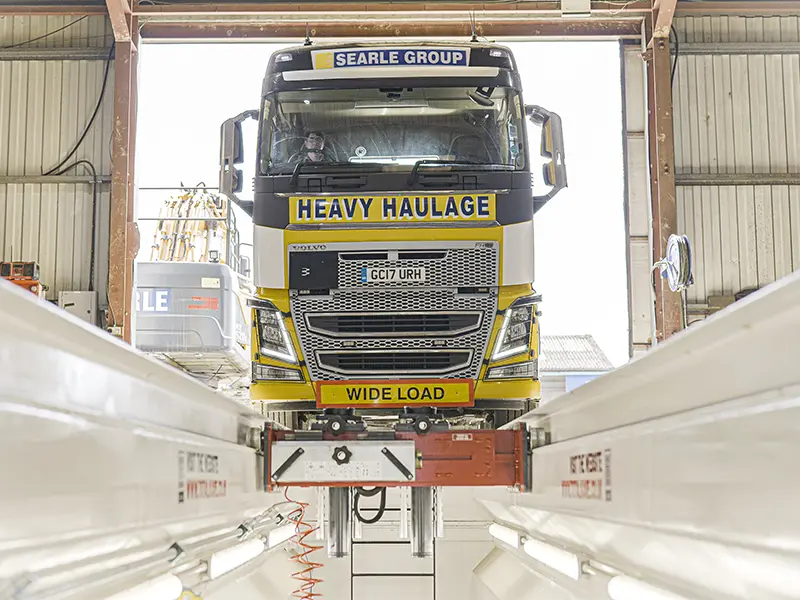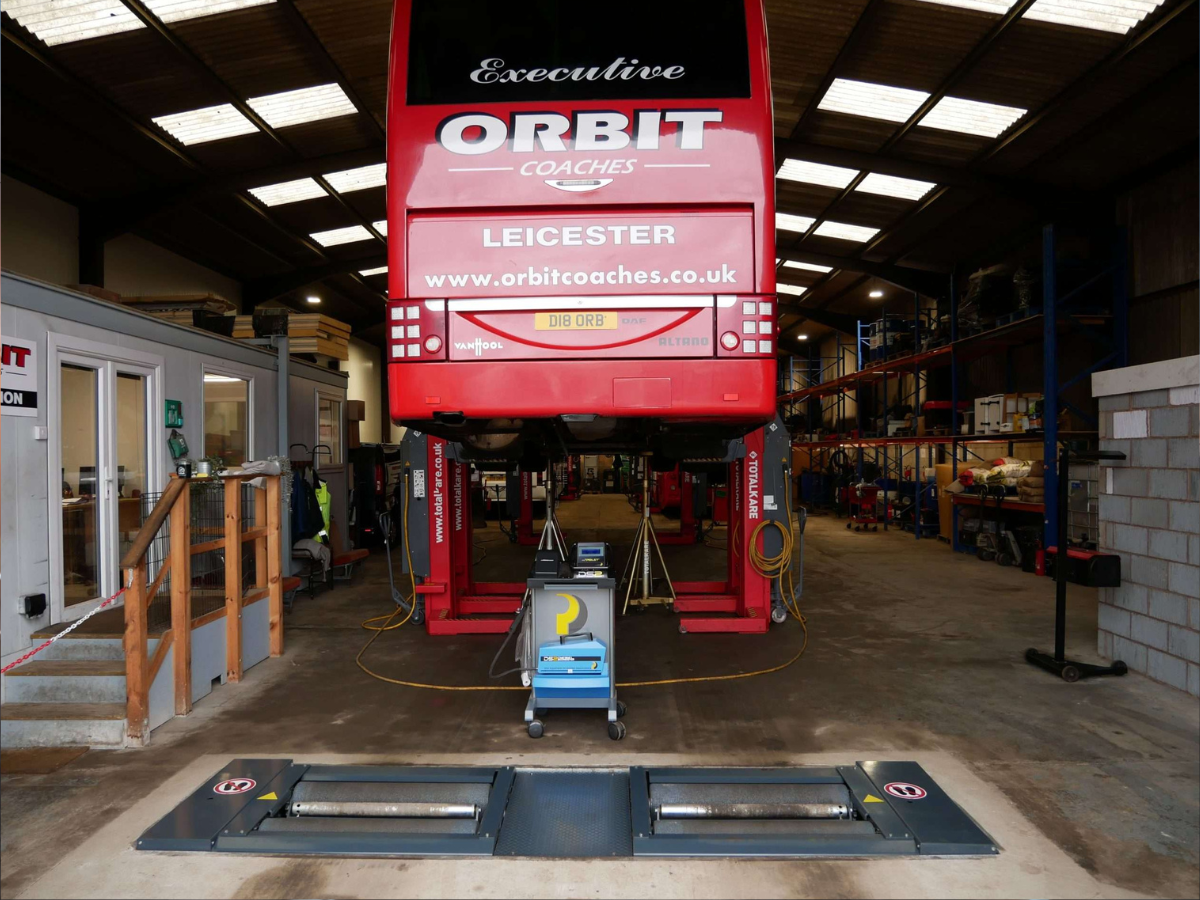If you’re running a large fleet, you might be worried about your environmental impact.
With so many vehicles out on the road, you could be looking at a massive carbon footprint — and a serious struggle to keep your fleet eco-friendly.

But the biggest fleets come with the biggest opportunities:
Every change you make gets multiplied across your massive fleet. And that means the tiniest improvements can add up to a huge reduction in your overall carbon footprint.
Here’s what large fleets can do help them stay eco-friendly:
Invest in the Right Vehicles
It might be too late for the vehicles already in your fleet. But that doesn’t mean you can’t make eco-friendly plans for the future.
The type of vehicles you buy can have a massive effect on your fleet’s carbon footprint — especially when you think about the full lifespan of a commercial vehicle, which can easily surpass a decade.
The most obvious answer is to invest in electric or hybrid engines. And that’s a fantastic way to make a huge difference to the environmental impact of your fleet. But beyond the obvious new technologies, there’s another option available:
Investing in second-hand vehicles.
A massive 25% of the CO2 released over the life cycle of a vehicle comes from its initial manufacture and shipping.
So when you buy second-hand, you’re already ahead. The CO2 from that vehicle’s manufacturing process has already been released when it was bought the first time — which means you’re instantly cutting the carbon footprint of each vehicle when you choose a used vehicle instead of a new one.
Focus on Fuel Economy
This should be a priority for any sensible fleet — regardless of the environmental benefits.
When your vehicles are more efficient, they’re using less fuel to cover the same journeys. You’re cutting your carbon footprint, reducing the reliance on fossil fuels, and saving a healthy chunk of your cash flow, all at the same time. It’s a win-win — for your company, and for the planet.
So how can you squeeze the most out of every drop of fuel?
That usually means things like:
- Reducing your load — clearing out unnecessary equipment between every new job
- Picking the right vehicle for the job — don’t send a lorry to do the work of a minivan
- And plotting efficient routes — using the right planning software to optimise your journeys
Get Your Drivers on Board
No matter how clean your vehicles are, you need a team of drivers who have the knowledge and experience to practice eco-friendly driving habits.
That means you need to:
- Give your drivers the right training — with a focus on driving for fuel economy
- Provide GPS systems in every vehicle — so they can follow the most efficient route
- Schedule your jobs carefully — so they’re not burning fuel to meet tight deadlines
- And create eco-friendly incentives to motivate and encourage your drivers
So how do you create incentives to motivate your drivers?
The first step is to track their performance — either with a simple analysis of their fuel consumption, or using modern telemetry technology to monitor the way they drive.
Once you have a comparison between the fuel economy of each driver, you can start to incentivise it — offering prizes, bonuses, or paid time off for the driver with the best environmental performance each month.
Keep on Top of Your Maintenance
When we’re talking about fuel economy, it’s all too easy to focus on the obvious parts: the weight, the route, and the vehicle itself.
But there’s one other important factor that’s often forgotten — and that’s the everyday maintenance that keeps your vehicles running smoothly and efficiently.
So what kind of maintenance keeps your vehicles from wasting fuel?
You should be thinking about:
- Keeping you tyre pressure up — so your engines aren’t overworked
- Keeping your particulate filters clean — which can reduce fuel consumption by 2%
- Preventing leaks in the braking system
- And keeping your wheels properly aligned
In fact, poor wheel alignment can cause your vehicles to burn through 10% more fuel than they normally would — so it’s crucial to keep up regular wheel maintenance with a dedicated wheel alignment system.
Looking for Ways to Help You Save Fuel?
Going green isn’t just about the vehicle you choose.
It’s about the cumulative effects of every small improvement you can make — from the habits of your drivers to the efficiency of your components.
So if you’re looking to keep your fleet eco-friendly, the best place to start is with a disciplined approach to your vehicle maintenance — with a range of in-house tools to help you cut costs on your vehicle testing.
Browse our full range of workshop equipment to find out more — or talk to an expert to see how we can help.
This article was originally published by Totalkare Ltd.















